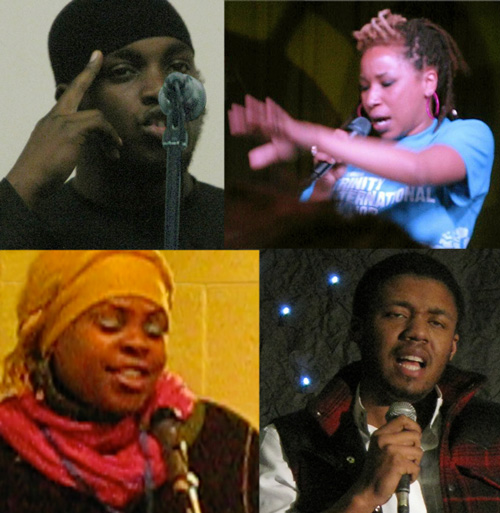Career Trajectories and (In)Formalization among Muslim performing Artists in the UK and the US
Accommodationism or Fundamentalism?
Art and Religion In the present era of heated debates on free expressions involving religious sensibilities, Muslim artists form a cultural sociologically interesting group. Comparing the UK and the US, based on specific case studies of Muslim artists who converted to Islam, I found that Sufi- and Salafi- oriented performers display different dynamics in their career developments, which are characterized by the intent to find congruity between their artistic aspirations and Islamic beliefs. Is the accommodationism/fundamentalism thesis of Olivier Roy, which suggests that the fundamentalist position to dissociate Islam from culture is internationally dominant, also valid in relation to the field of Muslim performing artists?
Cat Stevens’s Trajectory The perspectives discussed are drawn from an ethnographic study of the transnational field of Muslim performing artists in the UK and the US who were engaged in Anglophone cultural productions in hip-hop and alternative music, spoken word and poetry, storytelling, theater and acting, stand-up comedy, film performance, and contemporary art on stage. Contemplating whether the career of Cat Stevens — who transformed his identity to Yusuf Islam and finally Cat Stevens Yusuf — exemplifies the typical trajectory of contemporary Muslim performing artists, the question emerges: How do British and North American Muslim artists generally negotiate possible tensions between the worldly values of (popular) art and religious values? I have chosen to focus on representatives with African American and Black British backgrounds because they share social and cultural historically significant narratives more than other Muslim artists, whilst at the same time several of them construct public discourses on the transformation of relations among art, culture, and religion.
(In)Formalizing Phases While expecting much tension when combining religious principles with artistic freedom, a pattern of varying orientations has become apparent among the artists studied regarding their relationship — integrated or decoupled — between culture and religion, i.e., Islam. In dealing with the perceived religio-artistic mores, these orientations turn out to develop in a set of phases through which Muslim artists pass. Drawing upon the process-oriented sociological perspectives of Norbert Elias and Cas Wouters on formalizing and informalizing behavioral regimes, the phases of formalization, informalization, and the newly found intensified formalization in the present research are theorized as constituting trajectories by which Muslim performing artists grapple with the relationship between art and religion. That is, they reflect on varying ideological orientations and influences regarding the embedment and disembedment of Islam in culture, in which processes of religious and ethnic affirmations take place. This article discusses the transformational causes of phases, the influence of authoritative voices, and the significance of the pattern found.
Van Tilborgh, Y. “Career Trajectories and (In)Formalization among Muslim Performing Artists in the UK and the U.S. Accommodationism or Fundamentalism?” Journal of Religion & Society 19 (2017) 1–25.
Free download: dspace2.creighton.edu/xmlui/handle/10504/114372

